
Staying warm through the colder months doesn’t have to mean cranking up the central heating and racking up energy bills. Portable home heating offers a flexible and efficient way to add warmth exactly where you need it most. From compact fan heaters to oil-filled radiators and infrared panels, there’s a solution for every space and budget. In this guide, we explore the different types of portable heaters, their benefits, and what to consider before choosing the right one for your home.
Portable home heating refers to heating appliances that are easy to move and install, providing heat where and when it’s needed most. Unlike fixed radiators or whole-house systems, these devices offer targeted warmth, making them ideal for small rooms, home offices, garages, or even conservatories.
They’re especially useful for people living in rented accommodation, working remotely, or looking to reduce their energy bills by heating only occupied spaces.

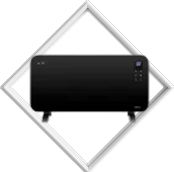
Portable home heating is a smart, accessible solution for anyone seeking comfort, control, and cost savings. Whether you’re warming a workspace, supplementing central heating, or preparing for an emergency, the right portable heater can make a big difference. By understanding your needs and the strengths of each heater type, you can invest in warmth without compromise. Choose wisely, and enjoy a cosy, energy-efficient home all season long.
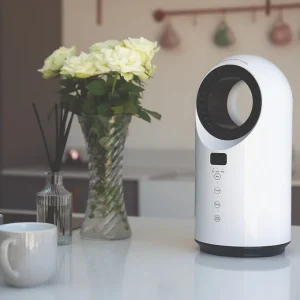
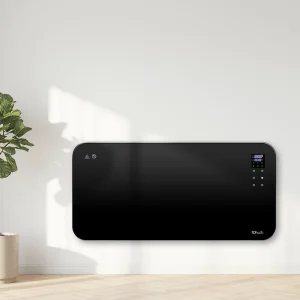
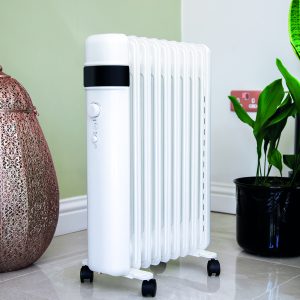
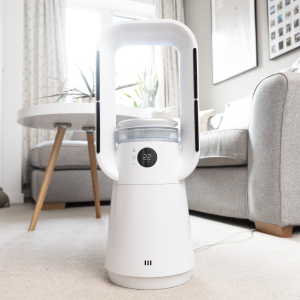

All rights reserved 2025